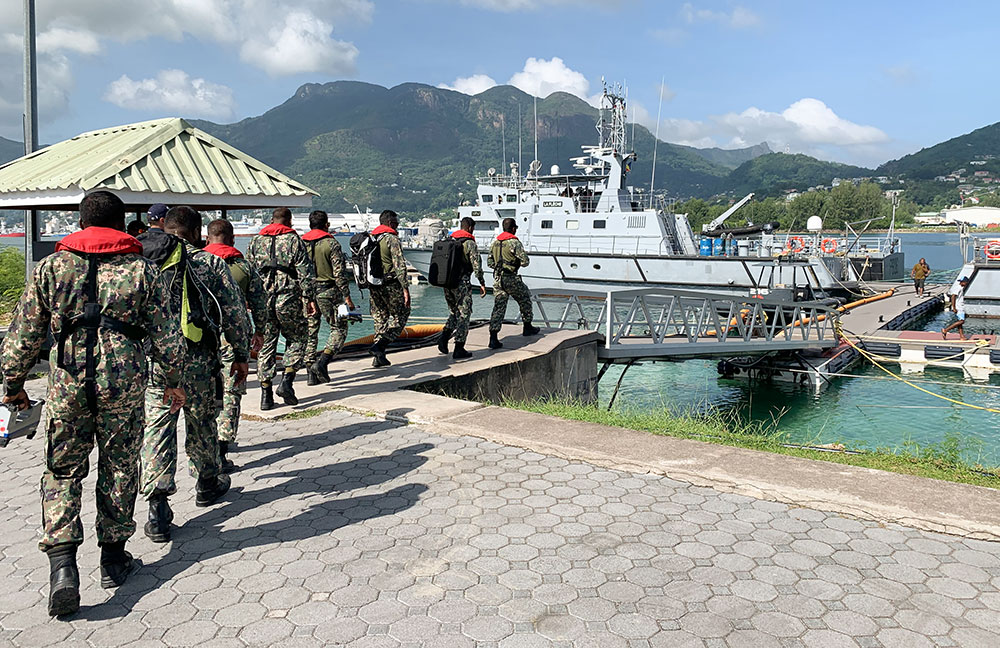
Thwarting maritime nuclear material trafficking
Traveling to oceans, waterways and seaports across the globe, Sandia participated in multiple regional maritime security exercises to raise international awareness of nuclear trafficking, introduce radiation and contraband detection tools to improve inspections, and integrated radiation detection capabilities into ship boarding operations. In support of NNSA’s Office of Nuclear Smuggling Detection and Deterrence, Sandia worked with the United Nations Office on Drugs and Crime to train personnel in Seychelles, the Maldives and Mauritius and with Naval Forces Africa in Djibouti for engagements with Senegal, Comoros, Somalia and Yemen. (6000)
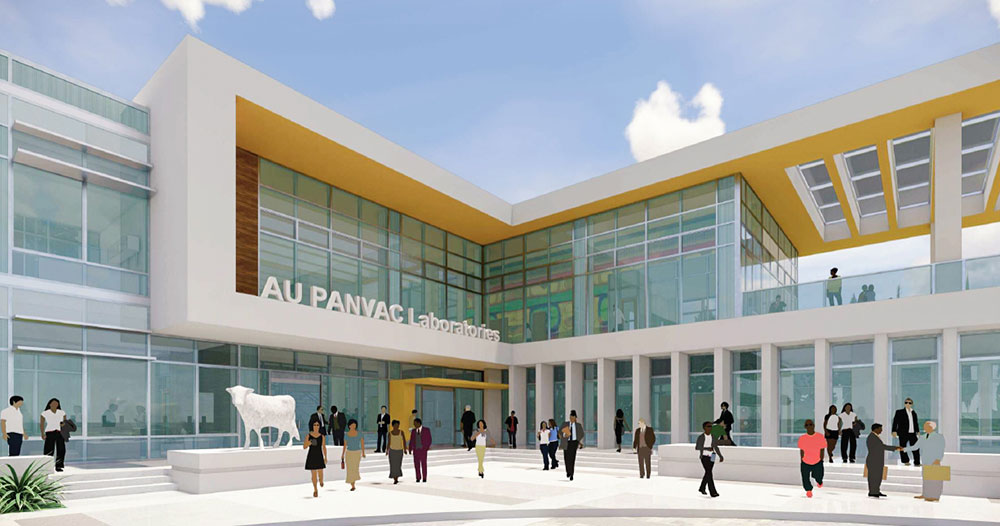
Safer veterinary vaccines for Africa
Sandia’s Global Chemical and Biological Security team assessed the security needs for a planned new facility for the Pan-African Veterinary Vaccine Centre of the African Union. The center provides training in diagnostics, production and quality control of all veterinary vaccines produced in and imported to Africa. Sandia’s recommendations will enhance safekeeping of the material the center holds on behalf of African Union member states. Sandia has been training center members on biosafety and biosecurity for more than five years. (6000)
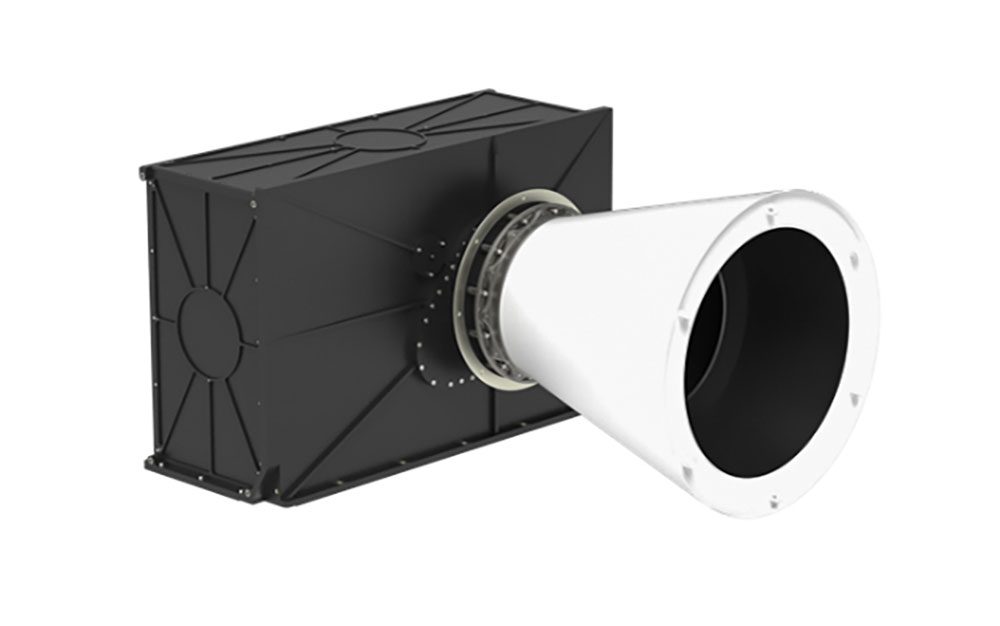
Next-generation optical satellite sensor
Culminating an eight-year effort supported by more than 150 Sandians across five divisions, the next-generation U.S. Nuclear Detonation Detection System optical satellite sensor passed thermal, shock and vibration testing.
Built upon the most complex component ever designed and delivered by the Microsystems Engineering Science and Applications facility, the sensor is a major technological achievement, creating an order of magnitude improvement in sensitivity to address emerging and evolving threats. (6000)
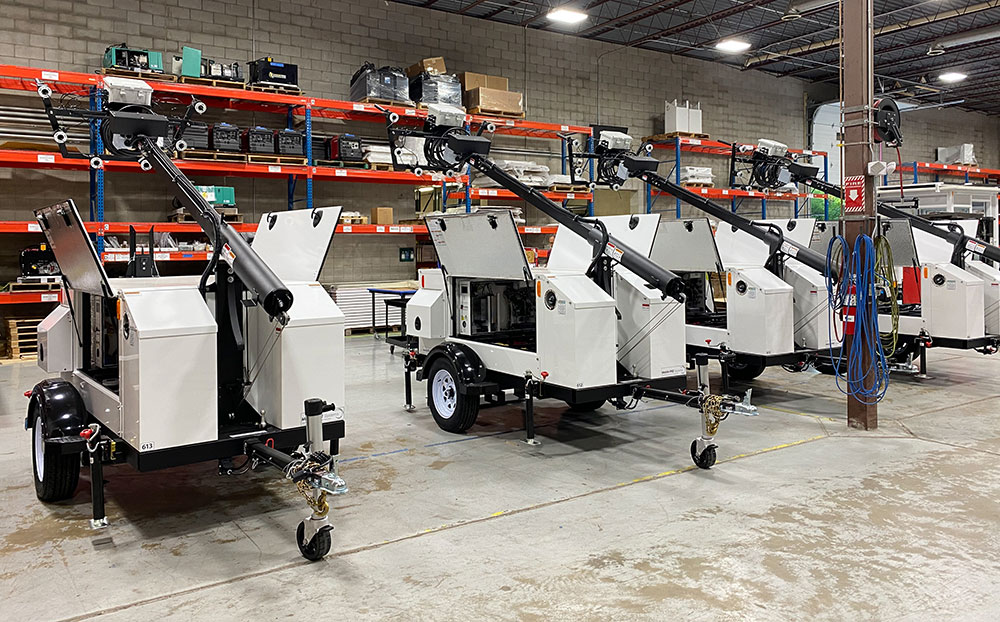
PIDS approved for Y-12 projects
The NNSA Production Office at the Y-12 National Security Complex approved the
Sandia-developed Portable Intrusion Detection System. The system provides a technological means to fill security gaps created during two major construction projects — the Security Infrastructure Revitalization Program and West End Protected Area Reduction — decreasing costs and risks. This is the first time NNSA has deployed the system for use in an operational environment. (6000)
Secure-by-design nuclear energy
Sandia is working with government and industry to integrate safeguards-and-security-by-design principles into new advanced and small modular reactors to meet the growing global interest in carbon-free energy development. The Labs initiated partnerships with five U.S. industry vendors, focused on safe, reliable and secure reactor deployment. Sandia’s role will be key to ensuring that these designs, which are expected to deploy domestically and internationally, will have innovative safeguards and security systems. (6000)
Mobile Guardian Transport meets milestones
Sandia’s Mobile Guardian Transport team worked to overcome supply chain and staffing challenges to meet two major program milestones on NNSA Defense Programs’ “Getting the Job Done in FY 22” list. The team conducted an extensive series of over-the-road environmental tests and was visited by multiple DOE and DOD sites to demonstrate handling procedures for all cargo types. The Preproduction Unit Rolling Chassis was delivered in the summer. (6000)
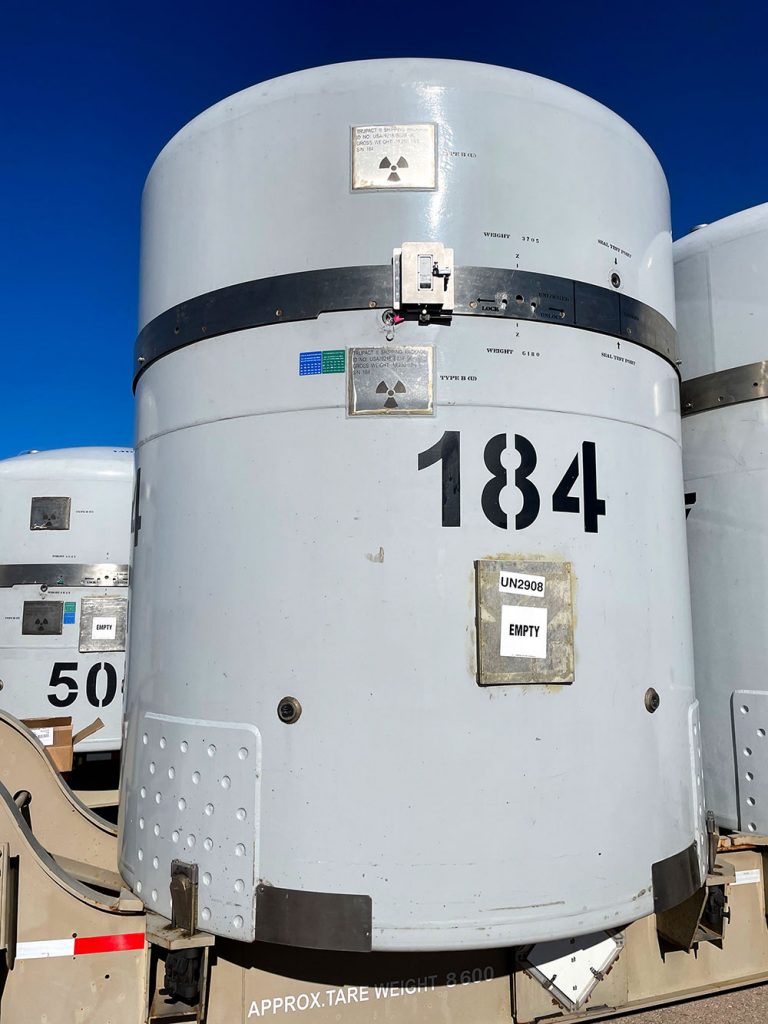
Tracking nuclear waste containers
NNSA approved the Transportation Remotely Monitored Sealing Array, which tracks the location of waste shipments from the Savannah River Site in South Carolina to the Waste Isolation Pilot Plant in New Mexico and provides assurances that container materials are under necessary safeguards. The Sandia-developed system involved extensive, yearslong collaboration with Savannah River Nuclear Solutions, WIPP, the Kansas City National Security Campus and NNSA’s Office of Material Disposition, Sandia Field Office and Carlsbad Field Office. (6000)
Space data systems deployed
Sandia designed, built and deployed two new Remote Interface Facilities that extend design life and improve reliability and information assurance for the Flexible Reliable Operational Ground System, a real-time system for space-based sensors used 24/7 by national decision authorities. The facilities are critical elements for command and control and sensor data path systems. They successfully began operation and received authority to operate for the maximum duration authority due to the government sponsor’s confidence in Sandia’s work. (6000)
Leading Edge Advancement Project
The Leading Edge Advancement Project is a five-year effort to build an integrated ground system to process information from strategic space assets. The latest Sandia software release demonstrated system readiness for enterprise testing by providing real-time capability to detect, track and message moving threats, thus completing the full scope of the project’s initial operational capability. Sandia also designed and built a production system of three hardware environments of 100 racks of equipment with 425 servers, which was successfully installed in multiple environments. (6000)
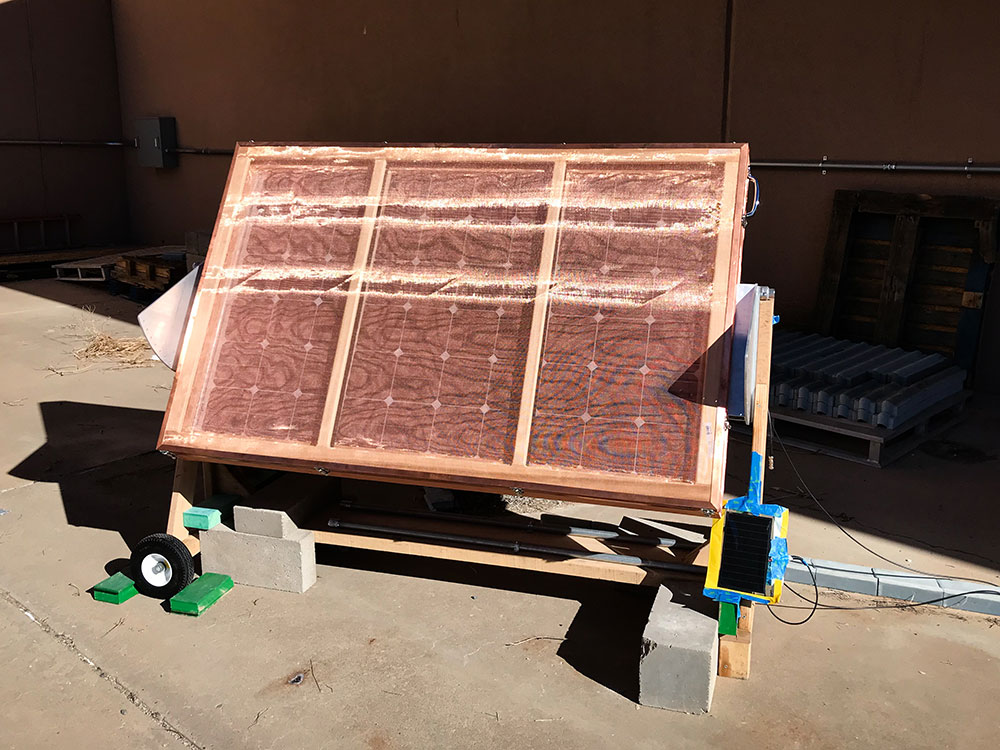
Photovoltaics electronic processing
unit developed
Sandia developed a photovoltaics electronic processing unit for acquiring, analyzing and exfiltrating data. The Field Programmable Gate Array system of the Photovoltaics for Reaction Time History project uses installed photovoltaic panels as distributed reaction time history sensors. Sandia successfully fielded full-scale photovoltaic panels and a prototype array system at the High-Energy Radiation Megavolt Electron Source III facility, demonstrating technology readiness and providing a lower cost, expanded-coverage distributed-reaction time history sensor for the nation. (6000)
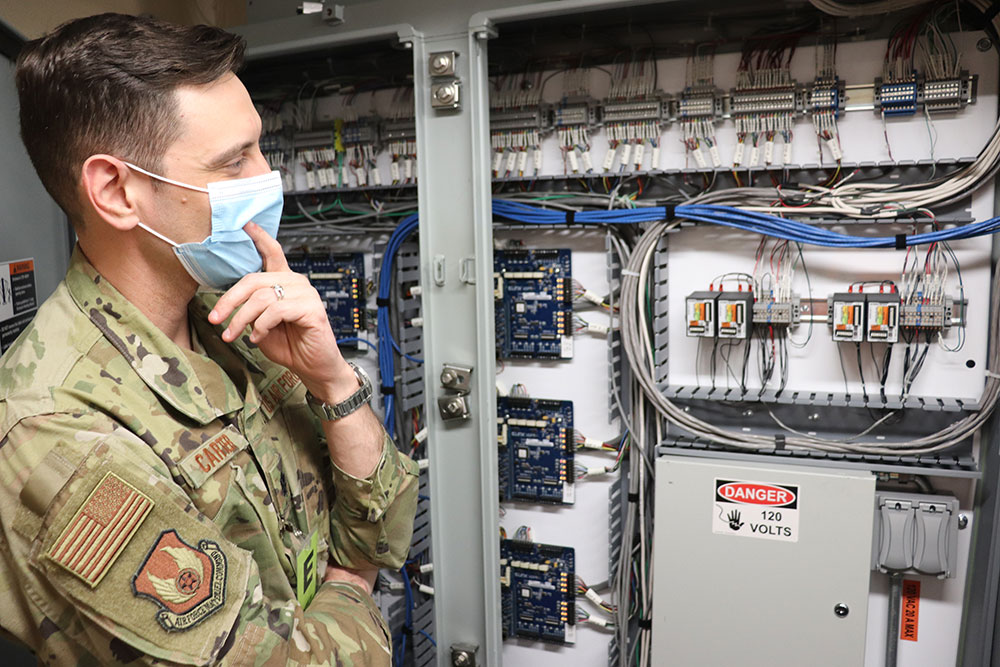
Sandia aids Air Force security upgrades
The Electronic Security System Refresh turnover at Whiteman Air Force Base in Missouri demonstrated Sandia’s ability to deliver with speed and precision, ending five years in which the base sustained arduous 24/7 security postings to meet requirements. In addition, Sandia completed the first two phases of government acceptance testing on schedule and within budget for the Electronic Security System Refresh project, despite the challenges of performing significant activity-level work during the COVID-19 pandemic. (6000)
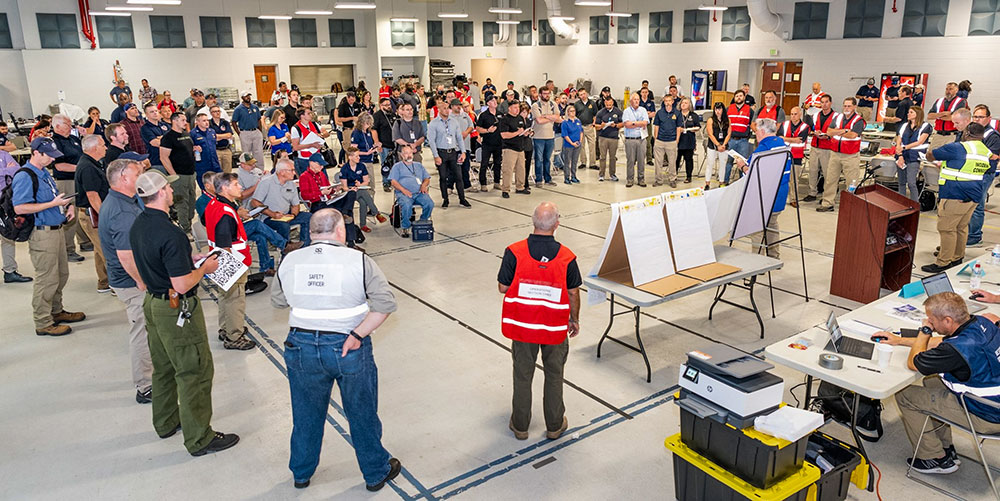
Cobalt Magnet 22 exercise
More than 30 local, state and federal agencies conducted a major radiological incident exercise in Austin, Texas. Led by NNSA, Cobalt Magnet 22 increased preparedness against radiological threats. Sandia Consequence Management teams aided planning and execution in remote and field activities. The culmination of 18 months of planning, the exercise simulated a radiological attack, enabling response personnel to practice protecting public health and safety, providing emergency relief to affected populations and restoring essential services. (6000)
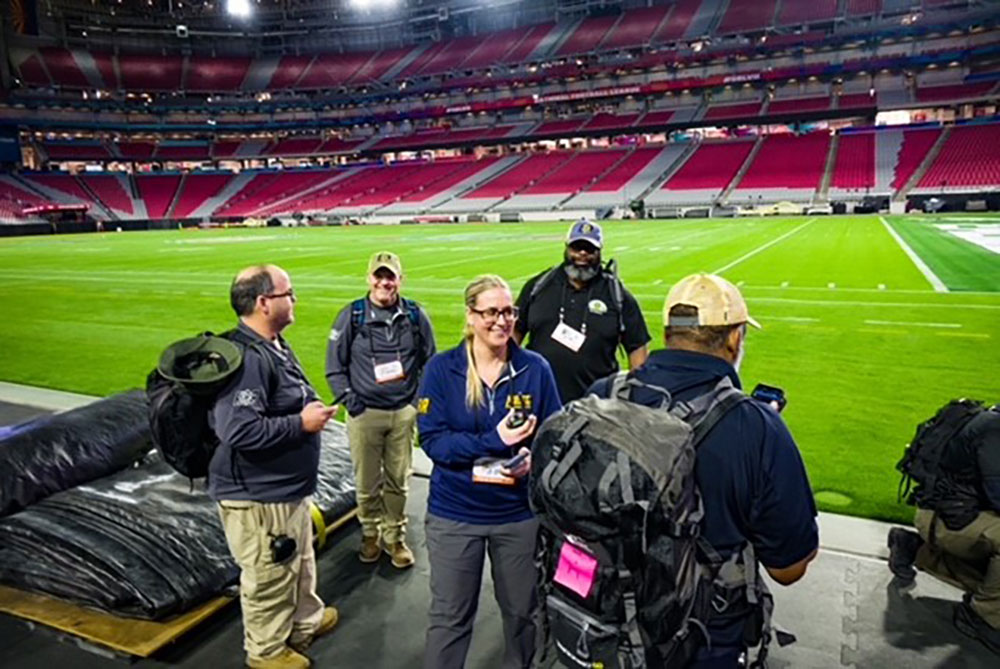
Emergency response to urgent events
The Nuclear Emergency Support Team responded to many real-world events, helping to investigate, identify and secure uncontrolled radiological materials. During the Russian invasion of Ukraine, Sandia Consequence Management personnel has supported requests for information from the the NNSA Nuclear Incident Team, providing crucial insights into the continually evolving situation on the ground. NEST also supported security activities for the Super Bowl, Oklahoma City Memorial Marathon and other national and international events. (6000)
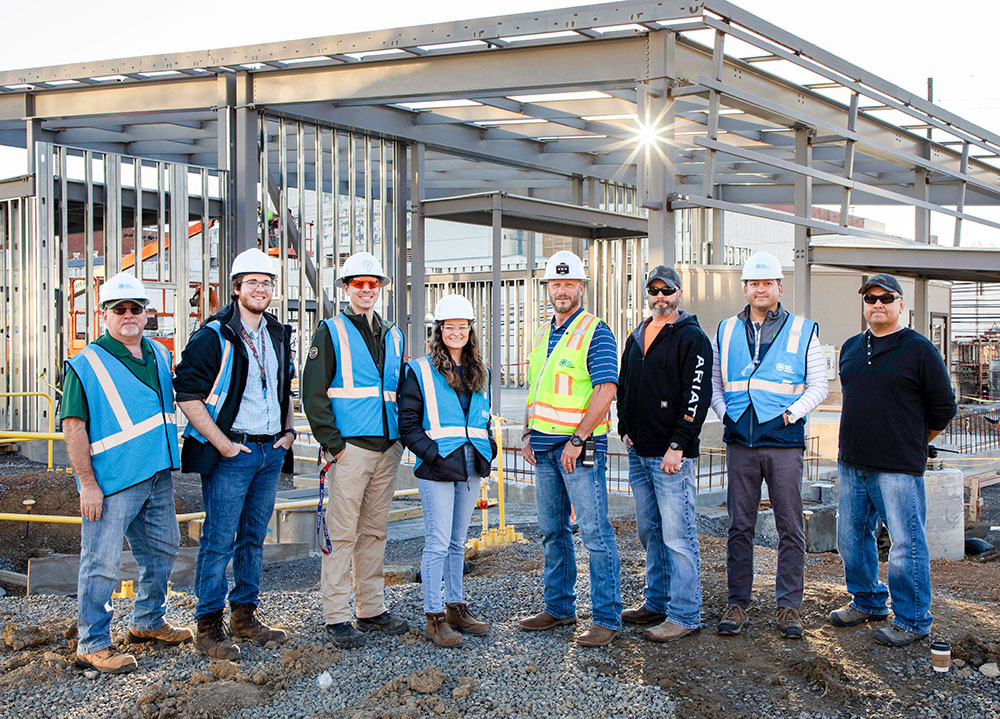
Y-12 security transformation
The Security Infrastructure Revitalization Program at the Y-12 National Security Complex began major construction for a crucial NNSA Defense Nuclear Security Office project. Sandia’s construction management and design efforts are integral to NNSA’s Strategic Integrated Roadmap and addresses security improvement needs identified in its 10-year plan. The West End Security Transition subproject of the West End Protected Area Reduction project was completed and work continued on key milestones for the area’s Entry Control Facility. (6000)